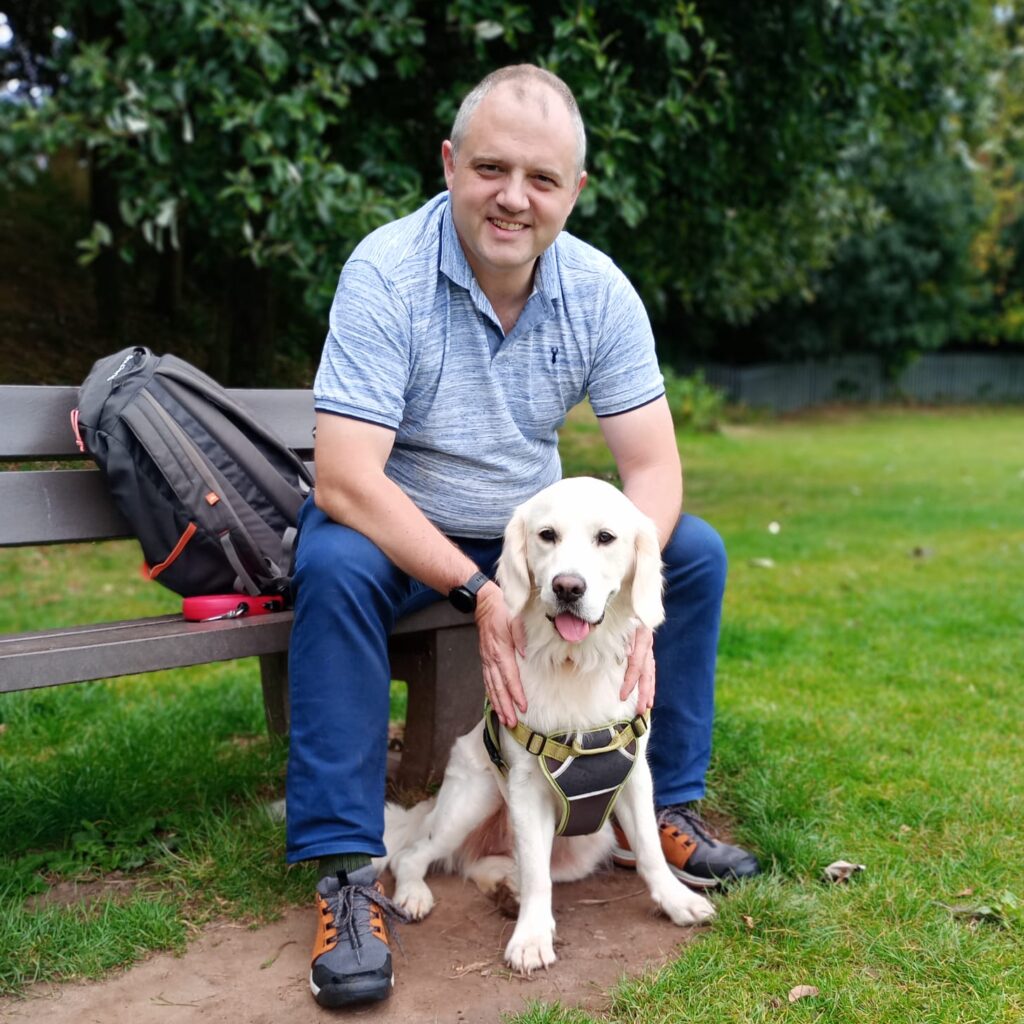Diversity in the local church
[This is lightly adapted from a talk I gave to Gedling Deanery Synod in June 2025]
I’d like us to look at 1 Corinthians 12:12-26 for a few minutes before we get to some concrete thinking about inclusion in the local church. I’m picking this one because it’s well-known and the metaphor Paul uses of the body is pretty familiar.
A few things to notice:
- The local church is the body of Christ – it’s not about us; it’s about Jesus. We don’t meet as Christians primarily for what we get out of it, just like we don’t meet up with a good friend for what we get out of them.
- The body is made up of parts that are different. That’s how it’s meant to be. The parts of our body are meant to be different, look different, have different needs, and so on. It’s a feature not a bug. We’re all needed, and we all need each other.
Imagine looking for the first time at an eye, a hand and a liver. What’s the difference? Basically everything!
Now of course if you look at them more closely, through a microscope, say, you’ll find that they are similar at the cellular level. They are all basically made of the same stuff, share the same DNA, need the same nutrients, but they receive those things differently, and do different things with them.
None of them functions well on their own; all of them need to be part of the body. What’s the point of a disembodied hand or eye? We need different parts of the body because they have different strengths and weaknesses and functions.
Now that means that the church should contain hands and eyes and livers and all the other parts of the body. In order for the church to be the church, it needs to be diverse.
We need to be diverse in age, gender, race, social class, political outlook, marital status, life experience, neurotype, sexual orientation and everything else. Otherwise we just have a church like a body made up of eyes – really good at seeing, but no use at anything else. Or a body made up of hands – it wouldn’t be good at anything except crafts, but it can’t even see to do that!
The church should reflect the local community in all the ways the local community varies. Maybe it should even be more diverse than the local community – if you had the situation where two communities close to each other each functioned as racial ghettoes – say one black, one white – then a healthy church would need to draw from both.
If your church is made up of people who all look the same, and function the same, it’s not a healthy body. I used to be part of a church where almost everyone was under 40, university educated professionals. Do you think a homeless person would feel welcome if they walked in?
If your church has 20 feet and no intestines, that’s not a healthy body; it’s a crime scene; it’s not a healthy church; it’s a social club.

Let’s get some practical examples of this. Most churches think that we’re welcoming, but the evidence says we aren’t. Being welcoming is hard work, and if you get complacent, then you quickly stop being welcoming:
- If your church only has music with organ and choir, then it’s sending a strong signal that it is only for people who like organ music and choirs, isn’t it? And that’s not the body of Christ.
- If your church only has modern music with a band, then it’s saying it’s only for people who like modern music with a band, isn’t it? That’s not the body of Christ either.
- If your church doesn’t have provision for children at their service, then it’s saying it’s not for children or for people with children, and it’s not really the body of Christ.
- If your church needs steps to get in, then it’s saying it’s not for people in wheelchairs.
- Or let’s think about timekeeping – that’s a cultural issue. Different cultures have different approaches. If your church makes people who arrive late feel unwelcome, then you’re saying it’s not for people from cultures that read “10am” as “10 for 1030”.
- If your church has an expectation that people can read fast and fluently, you’re saying it isn’t for people with dyslexia. We’ve got a dyslexic lady in my homegroup. She’s in her 50s and says it’s the first time she’s been able to contribute, because we circulate the questions in advance so she can work on understanding them before the meeting, and we never expect anyone to read out loud in the group.
Having people who are different, who need a bit more work from the church to help them fit in, is a sign of strength not of weakness. It makes the church healthier and better and closer to being the diverse body of Christ that we are called to be.
- If your church has an expectation that kids sit quietly in the pews, aren’t you saying that children who haven’t learnt to behave like that yet aren’t welcome? There’s a single mum at our church who grew up in the care system. She’s got three primary aged kids, and she does so much better for them than her parents did for her. She loves Jesus and loves being part of the church. Is she welcome? Then her kids are welcome too, and they’re going to make some noise, especially if the kids area isn’t well-designed.
I sometimes come across clergy saying that they want to be welcoming, but their congregations aren’t always helpful.
There’s a helpful maxim from the world of education that says: “Culture is defined by the worst behaviour we tolerate.”
I was recently at an event held jointly between several local churches. Our church had quite a few single mums and single foster carers there. The kids area wasn’t well set up – it had noisy toys and hard floors and walls. But people tutted at them. If we want to get a more welcoming culture, we need to stop tolerating tutting.
I remember a few years ago, in a summer all age service, some of the kids were being a bit noisy. Some of them were my kids – I was leading the service, so I couldn’t sit with them. And I saw some of the adults sitting nearby tutting, so I stopped the service and said.
“It’s great that we’re all able to worship together today. As you know, we don’t have enough volunteers to run kids groups through the summer, so we’re all together for the whole service. So thank you so much for being patient with each other. Kids, if some of the grown ups look like they’re being a bit grumpy at you, don’t worry, that’s just what their faces are like normally. It’s wonderful to have you with us.”
Taking It Further

Here are two questions for your church leadership to discuss.
- Who is present in your community but not in your church?
- What are you doing that makes them feel unwelcome?
John Allister
John Allister is the vicar of St Jude’s Church in Nottingham, England.
He is autistic, and has degrees in Theology and Experimental & Theoretical Physics.



